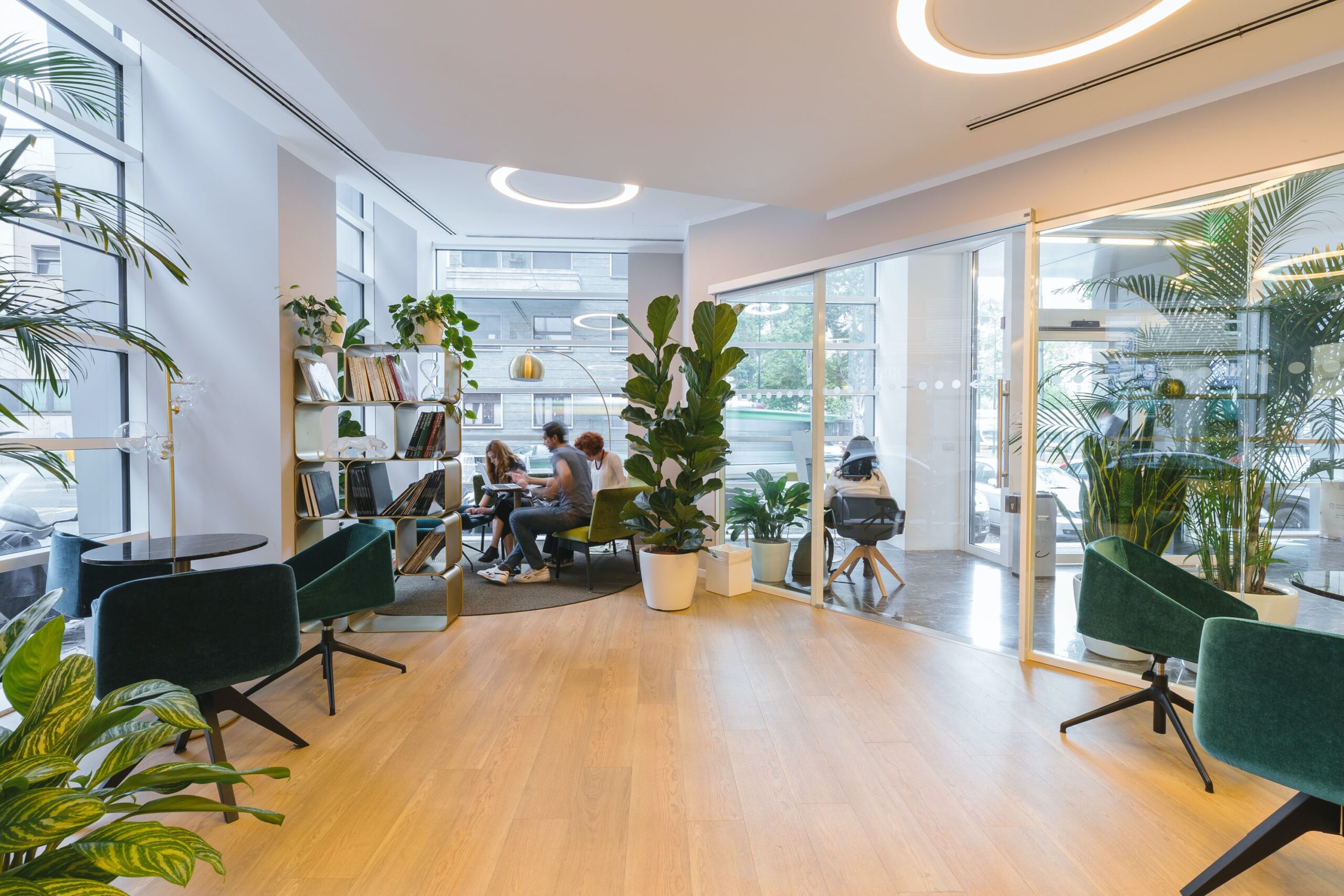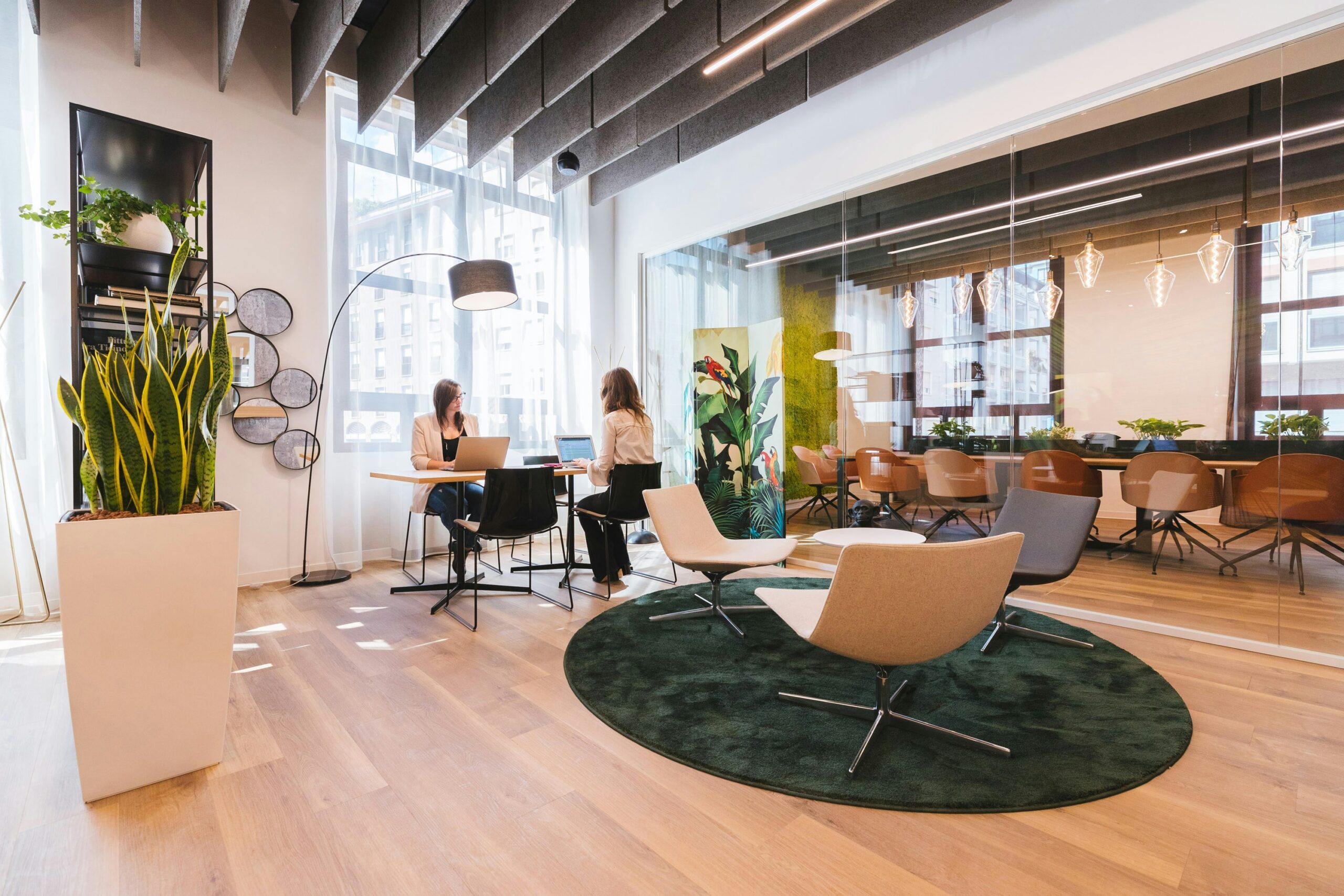
Transforming Commercial Real Estate: The Impact of Coworking Spaces
In recent years, the rise of coworking spaces has had a significant impact on the commercial real estate industry. These shared workspaces, which provide flexible and collaborative environments for professionals from various industries, have revolutionized the way people work and have transformed the traditional office space.
One of the key benefits of coworking spaces is the flexibility they offer. Unlike traditional office leases, which often require long-term commitments, coworking spaces allow individuals and businesses to rent space on a short-term basis. This flexibility is particularly appealing to startups and freelancers who may not have the resources or need for a dedicated office space.
Furthermore, coworking spaces foster collaboration and networking among professionals. By bringing together individuals from different backgrounds and industries, these spaces encourage the exchange of ideas and the formation of valuable connections. This collaborative environment can lead to increased innovation and productivity, as professionals are exposed to new perspectives and opportunities.
From a commercial real estate perspective, the rise of coworking spaces has presented both challenges and opportunities. On one hand, the demand for traditional office spaces has decreased as more professionals opt for coworking arrangements. This has led to a shift in the commercial real estate market, with landlords and developers adapting their strategies to cater to the growing demand for flexible workspaces.
On the other hand, coworking spaces have created new opportunities for commercial real estate investors and developers. As the demand for these spaces continues to grow, investors can capitalize on the rising trend by acquiring or developing properties specifically designed for coworking purposes.
In conclusion, coworking spaces have had a profound impact on the commercial real estate industry. With their flexibility, collaborative environments, and growing popularity, these spaces are transforming the way people work and shaping the future of commercial real estate.




